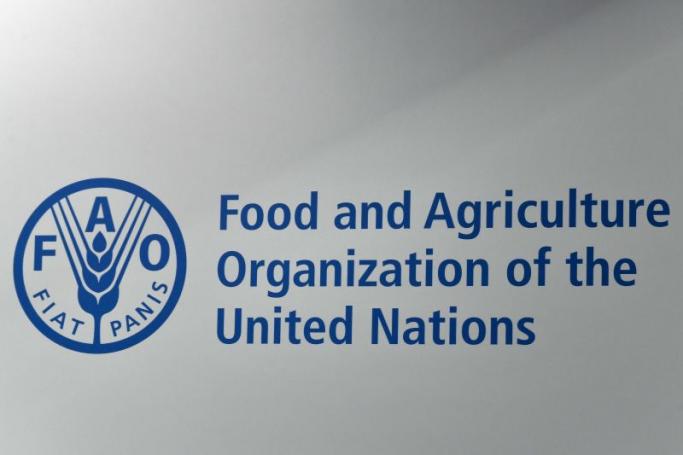Mizzima
The Food and Agriculture Organization (FAO) of the United Nations has expressed concern over the critical food security situation in Myanmar due to multiple shocks in its latest country report, dated 14 June.
The FAO warns that acute food insecurity is at critical high levels in various parts of the country, mainly due to the protracted political and economic crisis, which started after the military takeover in February 2021, shortfalls in 2022 cereal production and ongoing soaring food prices.
According to the Humanitarian Needs Overview report, about 15.2 million people, nearly 28 percent of the total population, are estimated to face acute food insecurity in 2023, a 15 percent increase from the high level in 2022 and almost five times higher than before February 2021 estimate.
A key factor underpinning the current acute food insecurity levels is the upsurge of violent incidents since mid-2022, which spread in most parts of the country, causing movement restrictions, a high number of civilian casualties and large-scale displacements. According to the United Nations High Commissioner for Refugees (UNHCR), as of May 2023, a record high of 1.83 million people were internally displaced, compared to 760 000 people in mid-2022, while 1.12 million people sought shelter in neighbouring countries, mostly in Bangladesh.
The protracted political instability resulted in serious macroeconomic challenges, which caused widespread income losses, eroded households’ purchasing power and hampered access basic food items and services. The situation has worsened also due to high inflation, strong depreciation of the national currency and conflict-related supply chain disruptions.
On 14 May 2023, Cyclone Mocha hit the northwestern parts of the country and brought strong winds and heavy rains, triggering flash floods and landslides caused devastation of lives and livelihoods of millions of people, of which 3.4 million living in the most affected areas.
The Rakhine, Chin, Magway, Sagaing and Kachin states/regions, where 60 percent of the Internally displaced people (IDPs) are located, were the most severely affected. In these areas, early assessments indicate extensive damage to housing and critical agricultural infrastructure, extensive destruction of fisheries assets as well as losses of livestock, standing crops and households’ food reserves. According to the recently released Humanitarian Aid report, about 1.6 million people urgently need assistance following the passage of the cyclone.












